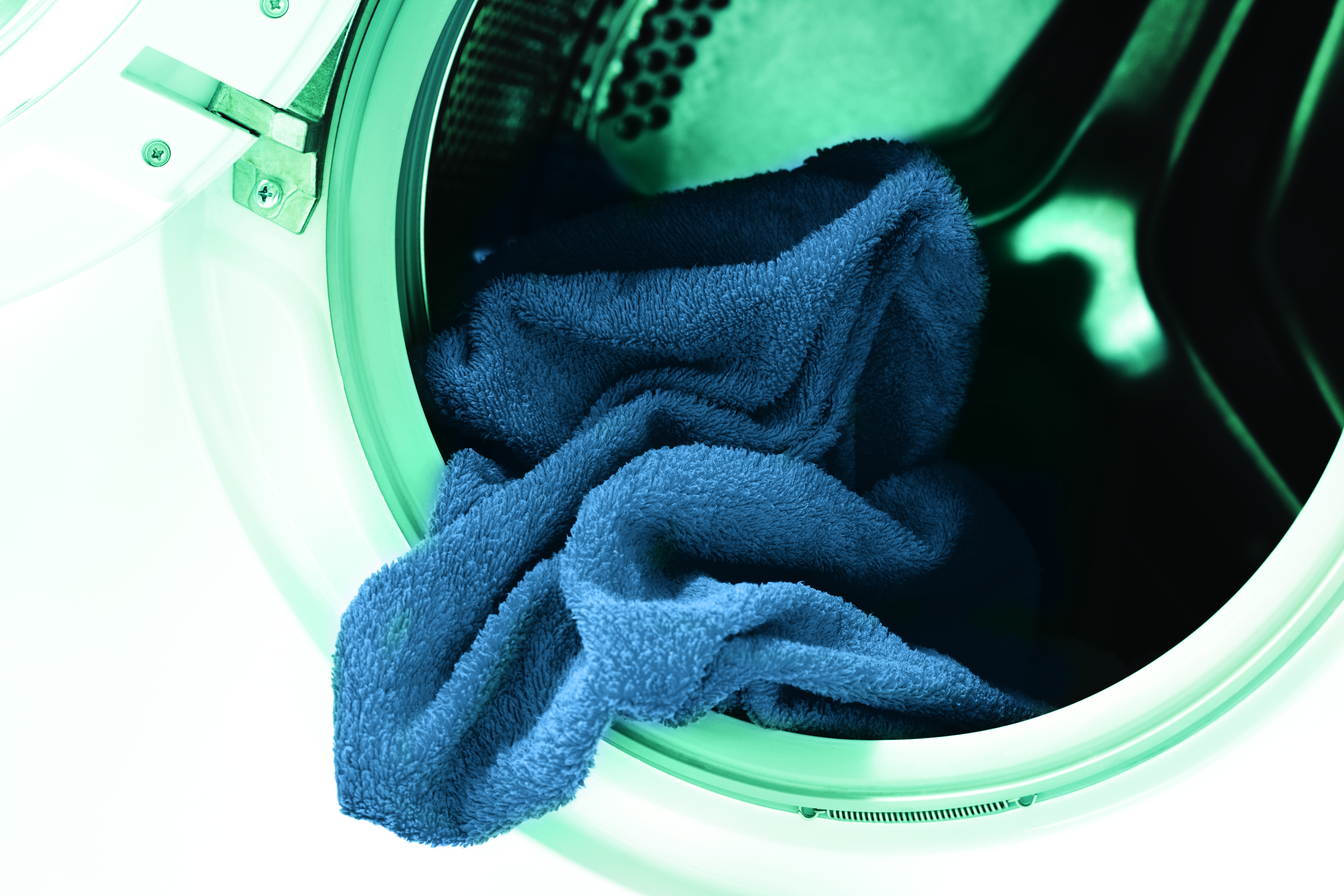
By John Goetz, Global Product Manager, Hydro Systems
From hospitals to restaurants, hotels, daycare, fitness centers and spas, there are many different businesses that require regular laundering of bed linens, cloth napkins and tablecloths, towels and even uniforms. Proper laundering helps remove stains from linens that can negatively impact customer satisfaction and keeps employees looking their best in professional uniforms free of unsightly marks.
However, not every business approaches laundry the same way. There are two options to consider: installing and running an on-premise laundry (OPL) or outsourcing laundry needs to a trusted provider that picks up soiled items and delivers clean items on a regular basis. There are numerous factors that can affect which option is best for any business, including seasonality, energy and water consumption, space and maintenance. Some, if not all of these factors, may be taken for granted when budgeting for laundry management, so it’s important to take a closer look at how they can impact the profitability of running a laundry program.
About 97 percent of the estimated 525,000 global commercial laundry sites in the world utilize the on-premise model (which comprise 71 percent of laundry chemical spend), but there are multiple dynamics that drive the trend towards the outsourced model. This white paper dives deeper into considerations for both on-premise laundry operations and outsourced programs to help you decide on which approach is best for your business.
On-premise Laundry Operations
OPLs are operated on the same site as the facility. Approximately half of all commercial laundry sites are small OPLs, which process less than 12,000 pounds of laundry per week. These may be installed at bed and breakfast hotels, pet stores, barber shops and even day care centers to handle laundry needs as they occur.
Many organizations with small OPLs use top-load machines, retail-grade chemical and no dispensing equipment. Hydro Systems estimates that 92 percent of these sites dose the product manually because they are not large enough accounts to attract the attention of chemical companies.
There are numerous benefits to installing and managing an OPL. This set-up:
* Allows facilities to sidestep entering a multi-year agreement and the ongoing services that come with an external laundry service. Instead, the business manages its laundry program on its own.
* Helps develop standards, as studies have shown that the cleanliness of linens has a direct impact on the image of a hotel property and therefore its ability to maintain its brand premium. When businesses purchase equipment for an OPL, it allows them to set their own standards and maintain control over the consistency of cleaning, rather than relying on an outside provider to deliver great results. Luxury properties especially may be interested in an OPL, as they carry high thread count sheets and linens and may not want to risk damage and loss of quality control of their linens that comes with a third party.
* May cut long-term costs since many large facilities go through uniform or linen supplies quickly and constantly need fresh deliveries. OPLs enable these organizations to set a laundering schedule that works best for them so that they always have inventory available at no added cost. Some laundry service contracts have delivery fees, which will drive up the cost of a program.
* Requires fewer par inventories compared to outsourced laundry. An efficient OPL will need 3 par of linen. Commercial laundries typically have a turnaround time of 48 hours and may result in the business needing to add another par of linen, or even up to 3 additional par, to cover linens that are in transit. Adding an additional par will significantly drive up inventory and working capital requirements for the business, especially those that need a large volume of linen.
* Ensure a very high level of safety and security during the laundry process, which is a necessity for some industries like healthcare. These factors are so important because hospitals wash garments and bed covers that may be covered in harmful pathogens. With an OPL, a healthcare facility can ensure that all possible contaminants are isolated whereas outsourcing turns over these responsibilities to an outside and offsite partner.
Despite the above benefits, it’s important to understand situations in which on-premise laundries might not make financial sense. Operating a laundry on site requires a lot of attention and can drive up costs if it’s not properly sized and smartly run, as washing and drying linen in small quantities is labor-intensive and requires high levels of water, gas and electricity.
Outsourced Laundry Operations
 Depending on the plant and industry segment, (i.e. hospitality/healthcare/ foodservice/textile service) laundries can process up to 15 billion pounds of laundry annually.
Depending on the plant and industry segment, (i.e. hospitality/healthcare/ foodservice/textile service) laundries can process up to 15 billion pounds of laundry annually.
Kline & Company, a global market research firm, reports that over the course of one year, commercial laundries spend an average of $125,540 on their laundry chemicals. Although the majority of textile rental firms and industrial launderers are single-unit establishments, most of the total volume of textiles is processed by the major multi-unit operators. And consolidation is occurring.
There are also advantages to outsourcing laundry needs. These include:
* Savings as a result of economies of scale. High-volume laundry allows labor to be more productive, supports investment in high-end equipment and helps conserve water, chemicals and electricity. Many smaller businesses don’t process enough laundry to be able to achieve these savings with an OPL.
* Time savings. Handing over laundry responsibilities to a trusted partner removes the responsibility of time management from already busy executives and managers.
* The ability to scale up or down as needed. Outsourcing allows your laundry program to grow or decrease in size without having to make any adjustments to on-site operations.
* The ability to produce revenue. Existing space, otherwise devoted to laundry facilities, can instead be used for other purposes. For example, hotels have turned their laundry spaces into spas, retail stores, coffee shops and guest-pleasing common areas.
* A pay-as-you-go service model. The variable cost of outsourced laundry means that companies pay only when service is needed, rather than paying constantly to maintain in-house staff and upfront capital expense needed to build laundry facilities.
Next week we’ll look at the benefits of incorporating laundry dispensers in your laundry. Read Part Two here.
About the Author
John Goetz is global product manager at Hydro Systems. Hydro Systems is an independent manufacturer of chemical injecting, proportioning, dispensing and medicating equipment. Goetz can be reached at jgoetz@hydrosystemsco.com.













